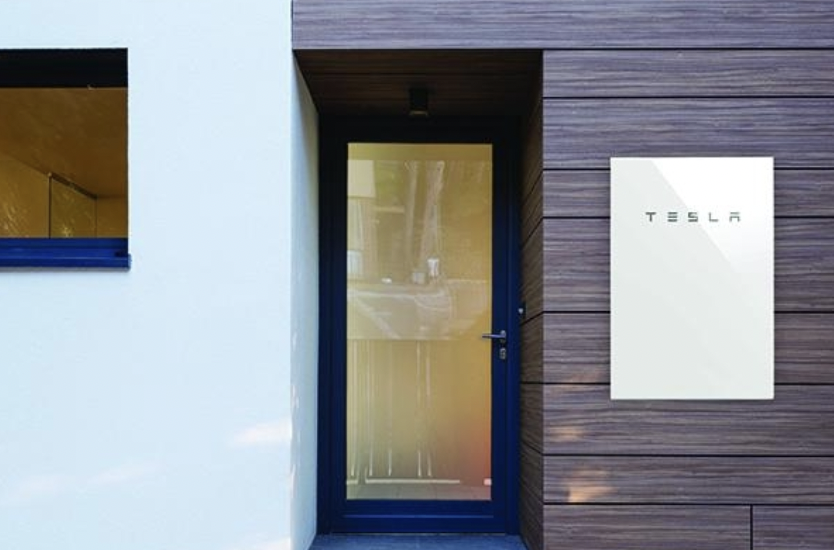Installing solar battery storage can help you get even more value out of your residential solar panels. But shopping for the best residential battery storage option can raise more questions than answers. Here’s a look at some of the most common types of solar batteries on the market today and what their key benefits are.
Lithium-ion
Lithium-ion solar batteries are a new technology that dates back to the 1970s. Compared to lead-acid, lithium-ion batteries cost more upfront but this price tag is tied to several benefits.
Pros
Lithium batteries require little to no regular maintenance. Since they are deep cycle batteries, they also have a higher depth of discharge (DoD), a metric that evaluates the amount of stored energy used relative to the battery’s capacity. What this means is that you’ll need to charge the battery less often, which then translates to a longer lifespan, typically 10 years.
Lithium-ion batteries also have a higher round-trip efficiency and can operate even at very low temperatures without affecting capacity.
Cons
Lithium solar batteries require a higher upfront cost compared to other batteries. They also have a higher risk of thermal runaway and can catch fire easily if not properly installed.
Lead-acid
While the lead-acid battery technology is more than 160 years old, it’s still very popular today thanks to its safety and reliability when installed properly.
There are two main types of solar batteries that use lead-acid technology: flooded and sealed lead-acid batteries. The main distinguishing factor between the two is that flooded lead-acid batteries have their plates submerged in water which must be refilled every 1-3 months to keep the battery functioning properly.
Pros
The lead-acid battery is a proven technology that has been around for more than a century, which makes recycling and disposing of easier when compared to newer technologies. The batteries also cost less upfront and do not have a high-temperature cutout. If you’re using your battery at lower DoD, you can prolong its life for up to 15 years.
Cons
Lead-acid batteries require regular maintenance, especially if you are using the flooded option. You will also need to install the battery in a properly ventilated space and, since they tend to have a lower depth of discharge, you will need to recharge it more often.
Flow Batteries
Flow batteries are a relatively new technology that offers grid-scale energy storage. The batteries work using a reduction-oxidation process.
Pros
-
Easy scalability
-
Deep discharge, usually 100%
-
Very low self-discharge
-
Long cycle life
-
Low risk of thermal runaway
Cons
Flow batteries have low energy and power densities. Also, the flow battery is a complex system which translates to higher upfront costs, which makes it best suited for large-scale installations.
Contact Solar Optimum
At Solar Optimum, we understand that choosing the best solar battery for residential use in California can be tricky, especially when you have so many types of solar batteries to choose from. Two of our most popular and routinely installed batteries are the all-inclusive Tesla Powerwall 2.0 and the reliable Enphase Exchange. To learn more about the power these two particular batteries harness, contact us today for a quick evaluation and recommendation.






